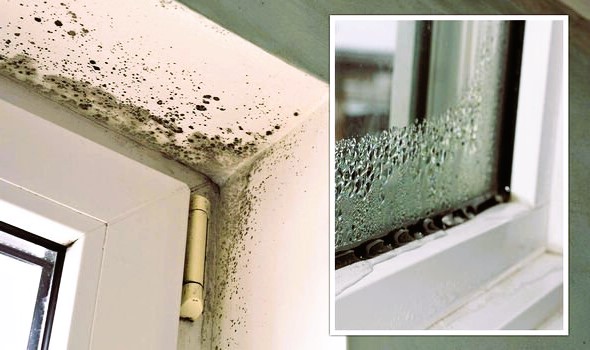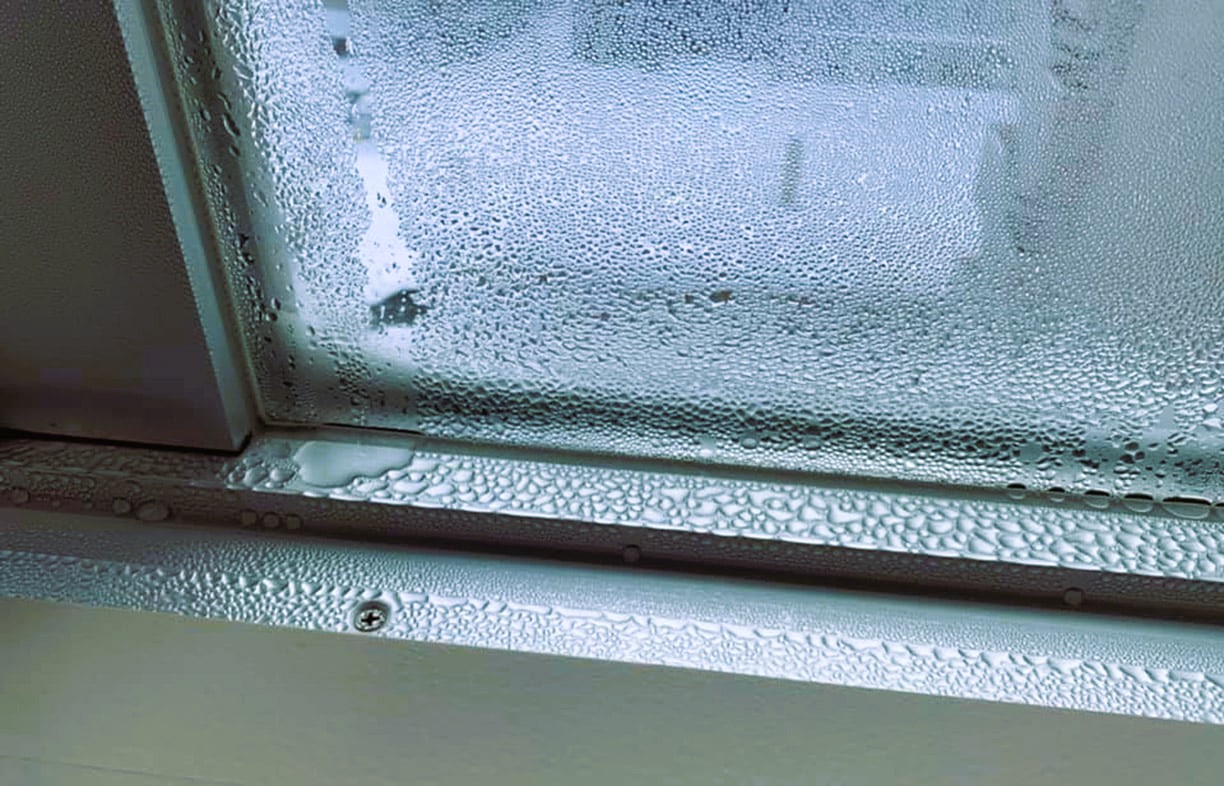Condensation on windows is a common phenomenon that occurs when warm, moist air comes into contact with cold window surfaces. While it may seem like a minor inconvenience, the impact of condensation on window mold growth can be significant and pose various challenges to homeowners. This article explores the causes of condensation, its relationship with mold development, and effective strategies to mitigate these issues.
Understanding Condensation
Condensation is the process by which water vapor in the air transforms into liquid water when it comes into contact with a surface that is cooler than the dew point temperature. Windows are particularly susceptible to condensation due to temperature differentials between indoor and outdoor environments. Factors such as inadequate ventilation, high humidity levels, and poor insulation contribute to the likelihood of condensation forming on windows.
The Link Between Condensation and Mold Growth
Condensation provides an ideal breeding ground for mold, as it creates a moist environment conducive to fungal growth. Mold spores are ubiquitous in the air, and when they land on a damp surface, they can quickly multiply and form visible colonies. Windows with chronic condensation issues are especially prone to mold infestations, which can negatively impact indoor air quality and pose health risks to occupants.
Health Implications of Mold Exposure
Exposure to mold can lead to various health issues, especially for individuals with respiratory conditions such as asthma or allergies. Common symptoms of mold exposure include respiratory problems, nasal congestion, throat irritation, and skin rashes. Prolonged exposure to mold can exacerbate existing health conditions and contribute to the development of new ones, making it crucial to address the root causes of mold growth. Do you like our article? Read also about DIY asbestos testing.

Preventive Measures
- Improve Ventilation: Adequate ventilation is essential in minimizing condensation. Ensure proper airflow throughout the home by using exhaust fans, opening windows, and using air purifiers with HEPA filters to reduce indoor humidity levels.
- Use Dehumidifiers: Installing dehumidifiers in areas prone to high humidity, such as basements and bathrooms, can help control moisture levels and prevent condensation.
- Upgrade Windows: Investing in energy-efficient windows with improved insulation properties can reduce temperature differentials and minimize the likelihood of condensation.
- Seal Gaps and Cracks: Seal any gaps or cracks in window frames and walls to prevent warm, moist air from entering the home, reducing the potential for condensation.
- Monitor Indoor Humidity: Use hygrometers to monitor indoor humidity levels and take corrective actions if levels exceed recommended thresholds.
In conclusion, the impact of condensation on window mold growth is a significant concern for homeowners. Addressing the root causes of condensation, implementing preventive measures, and maintaining a healthy indoor environment are crucial steps in mitigating the risks associated with mold growth. By understanding the relationship between condensation and mold and taking proactive measures, homeowners can create a safer and more comfortable living space.
For more information on window condensation and mold prevention, please visit on Wikipedia.


